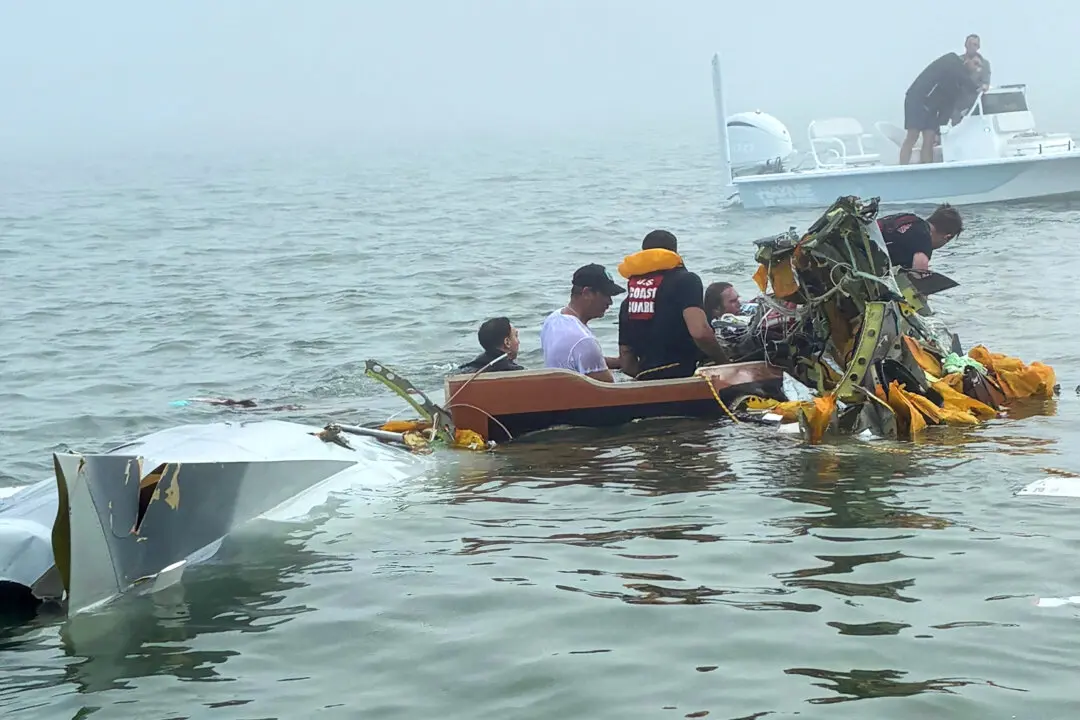The coral on the sea floor around the Pacific island of Kiritimati looked like a boneyard in November—stark, white and lifeless. But there was still some hope.
This month, color returned with fuzzy reds and browns, but that’s not good news. Algae has overtaken the lifeless coral on what had been some of the most pristine coral reefs on the planet, said University of Victoria coral reef scientist Julia Baum after dozens of dives in the past week. Maybe 5 percent will survive, she estimated.
“What it really looks like is a ghost town,” Baum said. “It’s as if the buildings are standing but no one’s home.”
Kiritimati is where El Nino, along with global warming, has done the most damage to corals in the past two years, experts said. While dramatic images of unprecedented total bleaching on Australia’s Great Barrier Reef are stunning the world, thousands of miles to the east conditions are somehow even worse.






